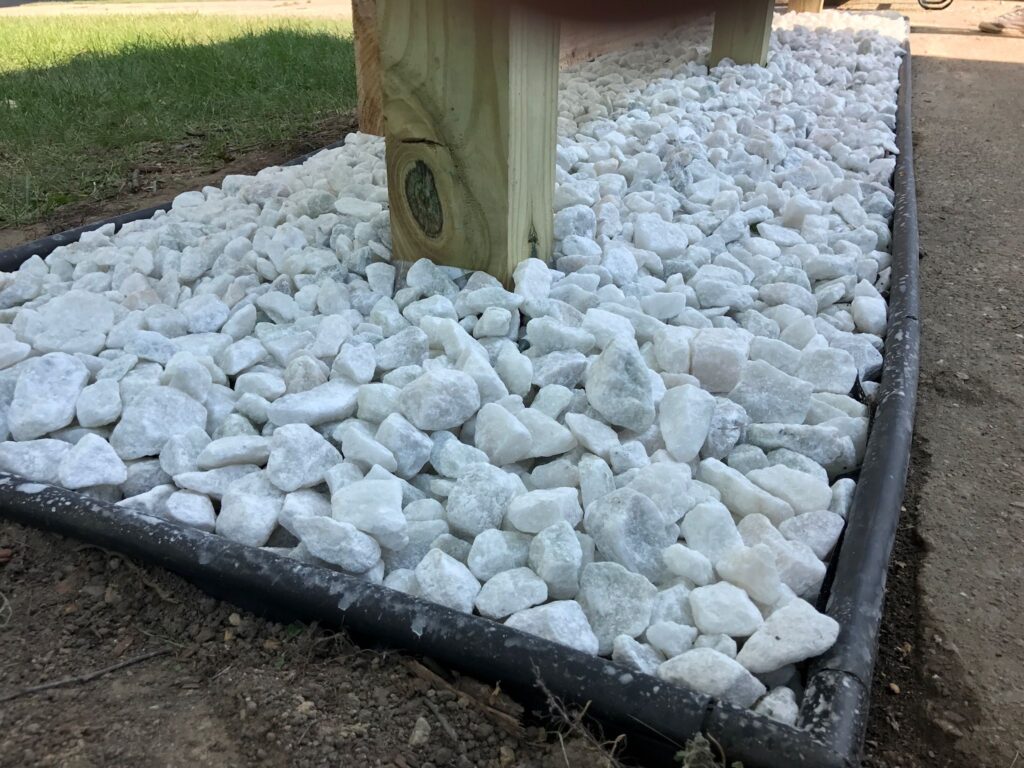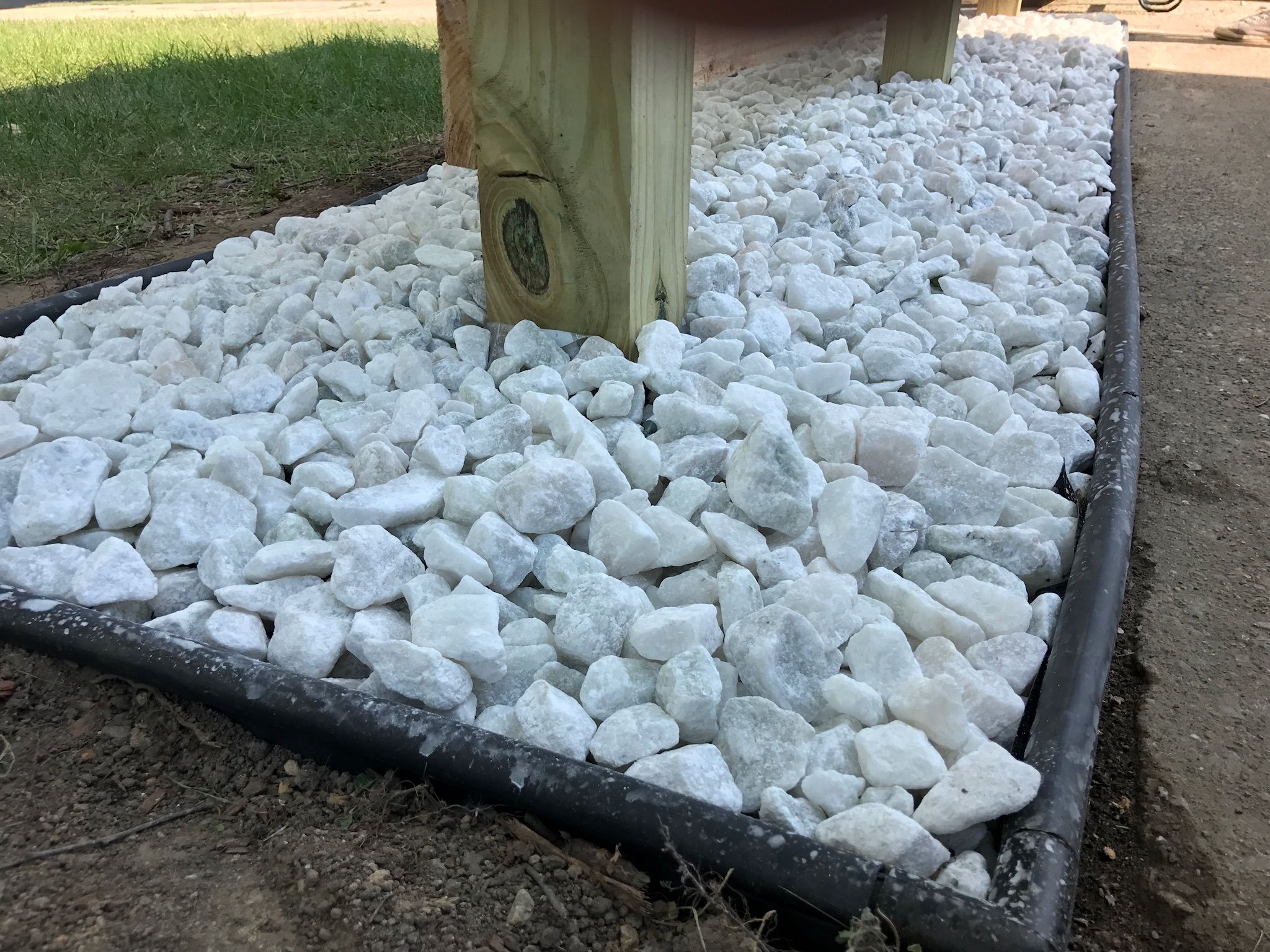
Enhance Your Landscape with Colored Rocks: A Comprehensive Guide
Landscaping is an art, and like any art form, it requires the right materials to bring a vision to life. While plants, trees, and shrubs are essential, incorporating inorganic elements like colored rocks for landscaping can add texture, contrast, and visual interest that elevates your outdoor space. This guide delves into the world of colored rocks for landscaping, exploring their benefits, types, applications, and how to choose the perfect stones for your project.
The Appeal of Colored Rocks in Landscaping
Why choose colored rocks for landscaping over traditional mulch or plain gravel? The answer lies in their versatility and aesthetic impact. Here are some compelling reasons:
- Visual Appeal: Colored rocks for landscaping offer a vibrant alternative to dull, uniform surfaces. They come in a wide array of colors, from earthy browns and grays to striking reds, blues, and greens, allowing you to create unique and eye-catching designs.
- Low Maintenance: Unlike grass or flower beds, colored rocks for landscaping require minimal upkeep. They don’t need watering, mowing, or fertilizing, saving you time and resources.
- Weed Control: A layer of colored rocks for landscaping acts as a natural weed barrier, suppressing weed growth and reducing the need for herbicides.
- Erosion Control: Colored rocks can help prevent soil erosion, especially on slopes or areas prone to runoff. They provide a stable surface that anchors the soil and prevents it from washing away.
- Drainage Improvement: Colored rocks promote better drainage by allowing water to percolate through the soil more easily. This can help prevent waterlogging and root rot.
- Long-lasting: Colored rocks for landscaping are durable and weather-resistant, ensuring that your landscape design will look great for years to come.
Types of Colored Rocks for Landscaping
The world of colored rocks for landscaping is diverse, with various types of stones available, each offering unique characteristics and visual effects. Here are some popular options:
River Rock
River rock is a classic choice for landscaping, known for its smooth, rounded shape and natural colors. It’s typically available in shades of brown, gray, and tan, and can be used to create a natural, rustic look. River rock is ideal for drainage areas, pathways, and decorative accents.
Crushed Stone
Crushed stone is a versatile option that comes in various sizes and colors. It’s made by crushing larger rocks into smaller pieces, resulting in a jagged, angular texture. Crushed stone is often used for driveways, walkways, and as a base material for patios and retaining walls. You can find colored rocks for landscaping in crushed stone form offering red, black, and even white variations.
Lava Rock
Lava rock is a volcanic rock that’s lightweight, porous, and available in shades of red and black. It’s a popular choice for xeriscaping, as it helps retain moisture in the soil. Lava rock can also be used to create a dramatic, modern look in your landscape.
Quartzite
Quartzite is a metamorphic rock that’s known for its durability and shimmering appearance. It’s available in a range of colors, including white, pink, and gray, and can add a touch of elegance to your landscape. Quartzite is often used for pathways, patios, and decorative accents.
Marble Chips
Marble chips are small, angular pieces of marble that are available in a variety of colors, including white, pink, and green. They’re often used to create a formal, sophisticated look in your landscape. Marble chips are ideal for flower beds, walkways, and decorative accents.
Artificially Colored Rocks
In addition to naturally colored rocks for landscaping, there are also artificially colored options available. These rocks are coated with a durable, weather-resistant paint that adds vibrant color to your landscape. Artificially colored rocks come in a wide range of hues, allowing you to create truly unique and personalized designs. However, it’s important to choose high-quality products that are fade-resistant and environmentally friendly. The durability of the color is paramount; cheaper options may fade or leach color over time.
Applications of Colored Rocks in Landscaping
The possibilities for using colored rocks for landscaping are endless. Here are some popular applications:
- Pathways and Walkways: Create inviting pathways and walkways by using colored rocks as a surface material. Choose a color and texture that complements your home’s architecture and surrounding landscape.
- Flower Beds and Garden Borders: Use colored rocks to define flower beds and garden borders, adding a touch of elegance and visual interest.
- Dry Riverbeds: Create a dry riverbed feature using river rock and other colored rocks to simulate a natural waterway. This can add a dramatic focal point to your landscape.
- Water Features: Incorporate colored rocks into water features such as ponds, fountains, and waterfalls to enhance their beauty and create a natural look.
- Xeriscaping: Use colored rocks as a key element in xeriscaping, a landscaping technique that minimizes water usage.
- Drainage Areas: Use colored rocks to create drainage areas around your home’s foundation or in areas prone to waterlogging.
- Mulch Replacement: Replace traditional mulch with colored rocks to provide weed control, moisture retention, and a long-lasting decorative element.
Choosing the Right Colored Rocks for Your Project
Selecting the right colored rocks for landscaping is crucial for achieving the desired aesthetic and functionality. Consider the following factors:
- Color: Choose colors that complement your home’s architecture, surrounding landscape, and personal preferences. Consider the overall mood you want to create – warm colors for a cozy feel, cool colors for a relaxing atmosphere, and vibrant colors for a bold statement.
- Size: Select the appropriate size of rocks based on the application. Smaller rocks are suitable for pathways and flower beds, while larger rocks are better for dry riverbeds and drainage areas.
- Texture: Consider the texture of the rocks. Smooth rocks are ideal for pathways and water features, while jagged rocks provide better traction on slopes and driveways.
- Durability: Choose durable rocks that can withstand the elements and foot traffic. Quartzite, granite, and lava rock are known for their durability.
- Cost: Prices for colored rocks for landscaping can vary depending on the type, size, and quantity. Set a budget and compare prices from different suppliers.
- Source: Purchase your colored rocks from a reputable supplier that offers high-quality products and reliable service.
Installation Tips
Proper installation is essential for ensuring the longevity and effectiveness of your colored rock landscape. Here are some helpful tips:
- Prepare the Area: Clear the area of any weeds, debris, and existing vegetation. Level the ground and compact the soil.
- Install Weed Barrier: Lay down a weed barrier fabric to prevent weed growth and keep the rocks from sinking into the soil.
- Spread the Rocks: Spread the colored rocks evenly over the area, using a rake or shovel. Aim for a layer that’s at least 2-3 inches thick.
- Compact the Rocks: Use a plate compactor or hand tamper to compact the rocks and create a stable surface.
- Maintain the Rocks: Periodically rake the rocks to remove any debris or weeds. Replenish the rocks as needed to maintain the desired thickness and appearance.
Environmental Considerations
When choosing colored rocks for landscaping, it’s important to consider the environmental impact. Opt for locally sourced rocks whenever possible to reduce transportation costs and emissions. Avoid using artificially colored rocks that contain harmful chemicals. Consider using permeable pavers or gravel to allow rainwater to percolate into the ground, reducing runoff and replenishing groundwater supplies.
Conclusion
Colored rocks for landscaping offer a versatile and aesthetically pleasing way to enhance your outdoor space. With their wide range of colors, textures, and applications, colored rocks can be used to create unique and personalized designs that reflect your style and preferences. By following the tips and guidelines outlined in this guide, you can create a beautiful and sustainable landscape that will be enjoyed for years to come. Whether you are looking to add a splash of color, improve drainage, or reduce maintenance, colored rocks for landscaping are an excellent choice.
[See also: Choosing the Right Mulch for Your Garden]
[See also: Designing a Drought-Tolerant Landscape]
[See also: The Benefits of Using River Rock in Landscaping]

